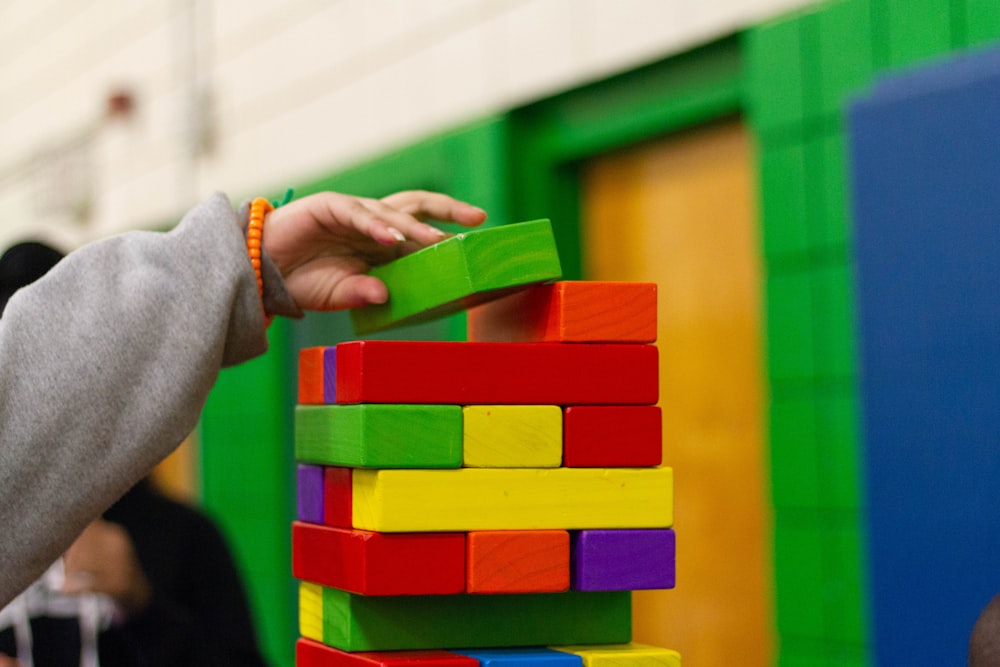How to Stay Calm When Your Child Tests Your Patience | Parenting Tips & Stories
How to Stay Calm When Your Child Tests Your Patience

Parenting is a journey filled with joy, love, and... occasional frustration. When your child tests your patience, it’s easy to feel overwhelmed. But staying calm is not only possible—it’s essential for fostering a healthy relationship. In this guide, we’ll explore practical strategies to maintain your composure, along with engaging children stories, bedtime stories, and educational stories to help you and your child navigate challenging moments.
Why Do Children Test Our Patience?
Children are naturally curious and impulsive. Their behavior often stems from a desire to explore boundaries, express emotions, or seek attention. Understanding the root causes can help you respond more calmly:
- Developmental Stages: Toddlers and preschoolers test limits as they learn independence.
- Emotional Expression: Kids may act out when they can’t articulate feelings.
- Seeking Connection: Sometimes, misbehavior is a cry for quality time.

Strategies to Stay Calm
1. Pause and Breathe
Before reacting, take a deep breath. Counting to five can prevent impulsive reactions. Remember, your calmness models emotional regulation for your child.
2. Use Positive Language
Instead of saying, "Stop yelling," try, "Let’s use our quiet voices." Frame requests positively to reduce resistance.

3. Incorporate Stories
Bedtime stories and moral stories can subtly teach patience and empathy. For example:
- The Tortoise and the Hare (a classic tale about patience).
- Grumpy Monkey (a picture book about managing emotions).
Engage with Creative Activities
Storytelling as a Tool
Turn challenging moments into adventure stories. For example, if your child resists cleaning toys, say, "Let’s pretend we’re pirates organizing treasure!"

Interactive Play
Use interactive stories or nursery rhymes to redirect energy. For example, "If You’re Happy and You Know It" can diffuse tantrums.
Long-Term Patience Builders
1. Establish Routines
Predictability reduces anxiety. A consistent storytime routine before bed can ease transitions.
2. Teach Emotional Vocabulary
Use educational stories to label emotions. Books like The Color Monster help kids articulate feelings.

3. Self-Care for Parents
You can’t pour from an empty cup. Take breaks, practice mindfulness, or read a short story for kids to recharge.
Conclusion
Staying calm when your child tests your patience is a skill that grows with practice. By integrating mindfulness, fun stories for kids, and creative strategies, you’ll build a stronger, more patient relationship. Remember, every challenge is an opportunity to teach—and learn.
Need a calming activity tonight? Explore our collection of magical bedtime stories to create peaceful moments with your child.
Related Content Ideas
- Top 10 Moral Stories to Teach Patience
- How Picture Books Can Improve Emotional Intelligence
- The Science Behind Storytelling and Child Development